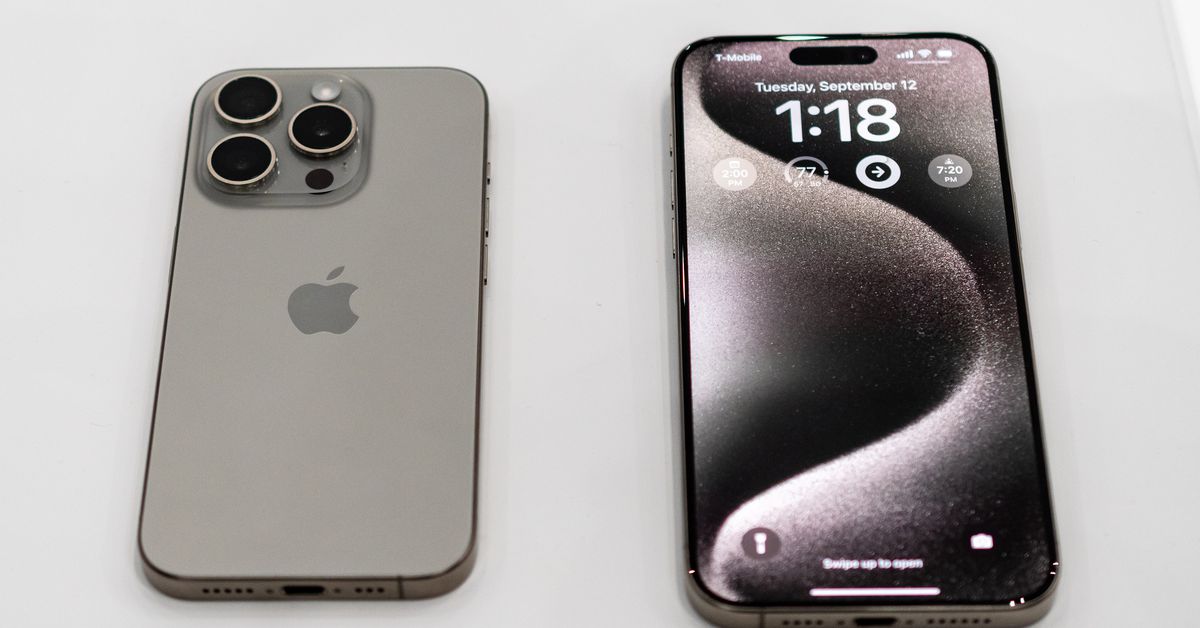I mean, I’m on iPhone for iOS. How do these android phones run iOS? They don’t. I doubt anyone is thinking, “gosh that android is faster, I gotta switch”
I agree with you in that I don’t have an iPhone because I don’t like iOS and this isn’t going to sway me, but I still like seeing these charts to see how the two ecosystems are evolving.
This is the best summary I could come up with:
The iPhone 15 and 15 Pro models Apple announced at its “Wonderlust” keynote have various other updates and niceties aside from a new port — like new cameras, Dynamic Islands up and down the line, Roadside Assistance through the satellite function, and an Action Button and lighter titanium build on the Pros — but these still look quite like iPhones until you plug in a charger.
While there’s some spec parity across these “standard” phones from Apple, Samsung, and Google, the iPhone 15 and 15 Plus are still stuck with 60Hz screens and no always-on display functionality.
Apple has not officially confirmed, but MacRumors reports the iPhone 15 and 15 Plus have 6GB like last year’s 14 generation, with only the Pro versions getting an upgrade to 8GB.
The standard Pixel 7 remains one of the best values in smartphones today, especially with how frequently it’s on sale and discounted to as low as $449.
They match the Ultra / Pro flagships from Samsung and Google at 120Hz refresh, and their new USB-C ports with USB 3 allow for faster data transfers and the use of SSDs — which videographers and photographers may find quite helpful for on-the-go workflows.
And while the iPhone 15 Pro Max did get $100 more expensive, at least you’re getting a larger 256GB of storage to match that higher price.
The original article contains 564 words, the summary contains 225 words. Saved 60%. I’m a bot and I’m open source!

